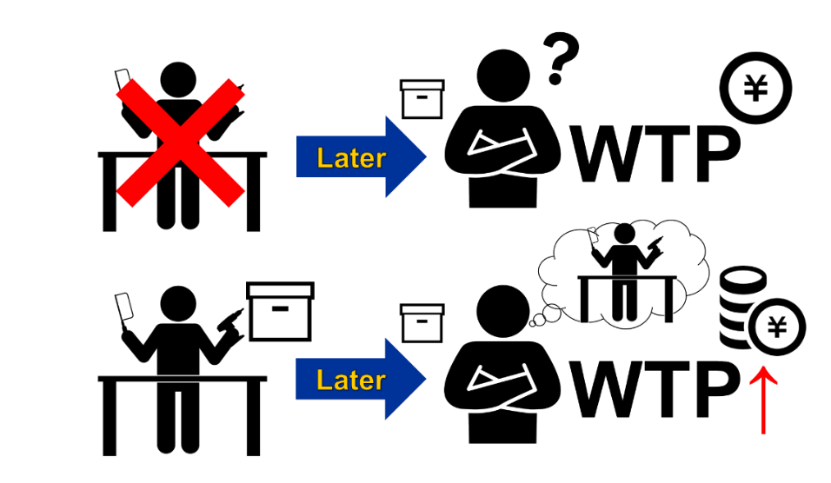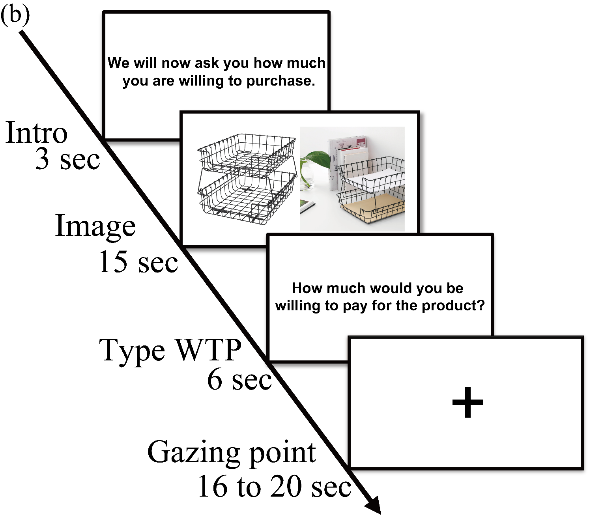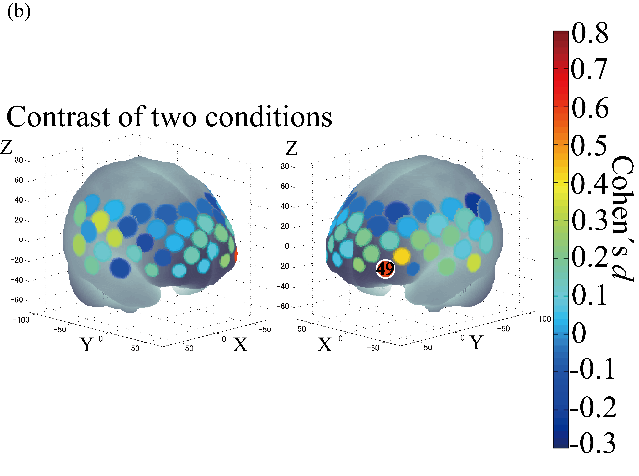2023.05.18
News
Visualizing Brain Functions that Evaluates “Experiential Consumption” Value Scientific Interpretation on Recognition Mechanism of the “IKEA effect“ that Improves Commercial Value through DIY Experiment
Material Findings
Quantifying the value assessment on experiential consumption using fNIRS-based neuroimaging.
Discovering brain activity patterns that show the experiential consumption.
Commercial Value that Experiential Consumption bring about can be evaluated with evidence through brain function level.
Outlook
Professor Dan of Chuo University and the cooperative study group have succeeded in visualizing brain functions when assessing experiential consumption value and quantify effects by using fNIRS( functional non-infrared spectroscopy)1, a non-invasive functional brain imaging method using light.
In recent years, experiential consumption, which refers to purchases involving hedonic experiences, has been gathering attention in marketing research. Experiential consumption is closely related to cognitive biases2, and among them, we focus on the IKEA effect, which is a cognitive bias in which the maximum willingness to pay (WTP)3 for a product is high because the experience of assembling the product is highly valued.
In this research, we have examined the cognitive mechanism of IKEA effect in the perspective of brain functions after confirming that the subjects did undergo IKEA effect. In concrete, we made a hypothesis that the WTP of “DIY conditions” (have done the task of do-it-yourself) is higher than “Non-DIY conditions” (have not done the task of DIY). Then, thirty students were conditioned between having experience of DIY and not having experience of DIY, and asked to perform a WTP evaluation task after showing them the products picture. At the same time, we identified the students’ brain activities of the prefrontal region, which is related to WTP evaluation, affection, and recalling of memory while they are evaluating.
As a result, we found out that the anterior left-middle frontal gyrus (L-MFG) exhibited more activation during the DIY condition than during the Non-DIY condition. Considering the fact that this brain region activates when we retrieve memories that left strong impression, it is fair to say that the brain region is related to the mechanism of IKEA effects. Speaking of this research, we assume that the experience of DIY left the brain that represents IKEA effects strongly impressed to products, and through looking at the picture of the product when measuring WTP, the short-term memory of DIY was retrieved.
Like this time, research on quantifying the value assessment of experiential consumption based on DIY experience through measuring brain function, we expect that it will contribute to development of fNIRS-based nueromarketing on experiential consumption.
<Words>
#1 functional near-infrared spectroscopy (fNIRS); Also called as Optical Topography, Functional, NIRS, optical function imaging method. This is the method to measure, local changes in cerebral cortex triggered by cerebral nerve activity, and density change of oxyhemoglobin and deoxyhemoglobin in blood, using far-red light. Compare to other brain function image method, fNIRS has advantages such as less restraint, non-invasive, low cost, and compact equipment.
#2 congnitive bias : Mind of people deviate from logical thinking, causing distortion in one’s thinking. Speaking of IKEA effects, the cognitive bias arise through getting added value from the experience of building by yourself though the product is the same.
#3 Willingness to Pay (WTP): The maximum price that one considers appropriate to pay for buying a product.

Research Outline
1. What’s IKEA effect? It is a cognitive bias that Willingness To Pay (WTP) is highly valued when the products require DIY process.


2. In order to research the mechanism of IKEA effect, we built (assemble and inspection) the product and conducted tactile presentation, and at last, measured the product’s WTP using fNIRS, simultaneously.
Brain activities reflecting IKEA effect

3. Indicates difference in brain activity between two conditions, one under DIY and another under Non-DIY using fNIRS. This brain activity reflects IKEA effect. The color coding area shows the brain function activeness level (Red it goes, the higher the activity is). “49” in the figure is positioned on left anterior middle frontal gyrus.
< The presented paper of this finding>
Title: Visualizing the IKEA effect: Experiential consumption assessed with fNIRS-based neuroimaging
Authors: Hiroki OISHI, Kenta NAKAZAWA, Tomoki TAKAHASHI, Yasushi KYUTOKU, Ippeita Dan
Chuo University, Department of Integrated Science and Engineering for Sustainable Societies
To learn more
